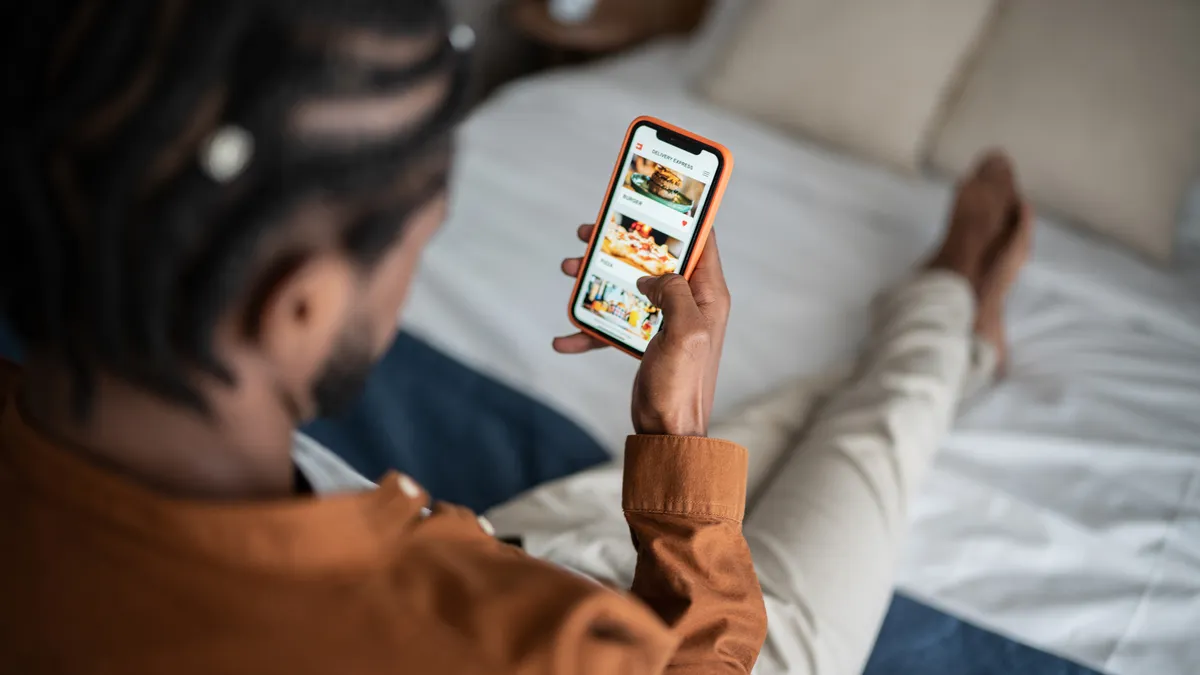Dive Brief:
- Restaurant customers who freely switch between online and in-store ordering channels buy more frequently and spend more than customers who stick to a single channel, according to PAR Punchh research released last week. The customer loyalty and engagement software company examined millions of customer data points from hundreds of brands using their platform.
- The findings underscore the need for restaurants to offer easy-to-use, seamless experiences to maximize the potential of multi-channel shoppers, according to PAR Punchh. Loyalty apps can fill this role by enhancing in-store and digital experiences alike.
- “A powerful loyalty platform isn’t just a nice-to-have; it’s an absolute game-changer for seamless customer experiences,” Savneet Singh, CEO of PAR Technology, told CX Dive in an email. “By integrating deeply into a brand’s ordering and delivery ecosystems, loyalty programs transform every interaction into an opportunity for convenience.”
Dive Insight:
Loyalty programs traditionally drive visits through simple incentives like discounts, but modern technology can help restaurants create great experiences and make dining out more convenient.
The key is to connect loyalty programs to the company’s wider tech ecosystem, including payment, order and delivery systems, according to Singh. This lets CX leaders access more data points while improving the services available for customers.
A strong loyalty app can pull customer data to make their ordering experience better, no matter where or when they choose to engage. The app can make it easy to access previous orders, offer personalized recommendations and bring up preferred payment options.
Loyalty apps can improve in-restaurant experiences as well. Snooze A.M. Eatery, for example, lets customers use its mobile app to track wait times, join the waitlist for tables and earn priority seating as they climb the loyalty program’s tiers.
“A modern restaurant loyalty app must be more than just rewards — it should be a digital powerhouse that transforms customer interactions,” Singh said.
Digital ordering capabilities should still be supported by more traditional loyalty functions, like personalized messaging and exclusive offers, according to Singh. Modern additions like gamification through challenges, tiered benefits and social media integration that lets customers share their rewards can help round out a loyalty program.













